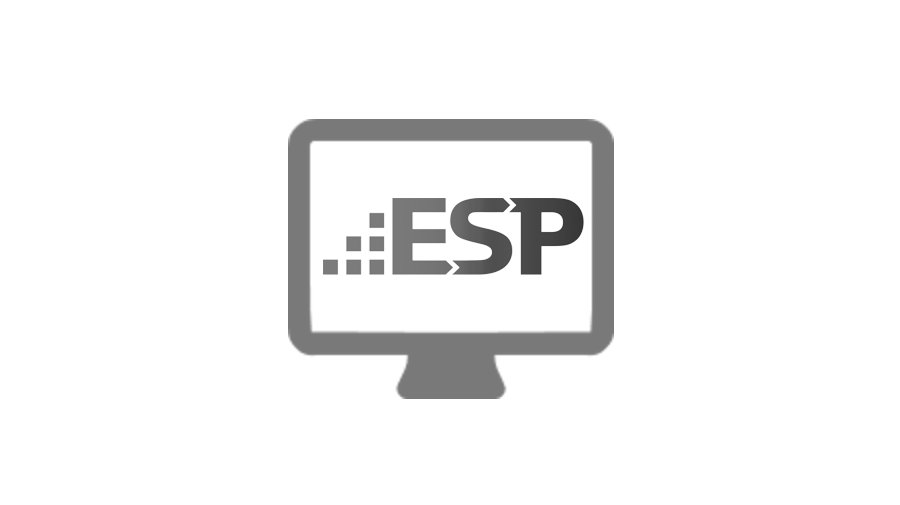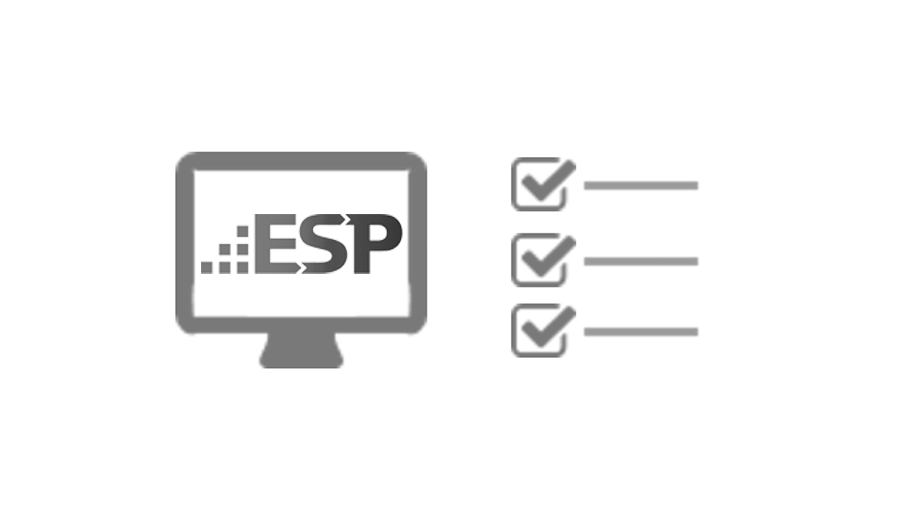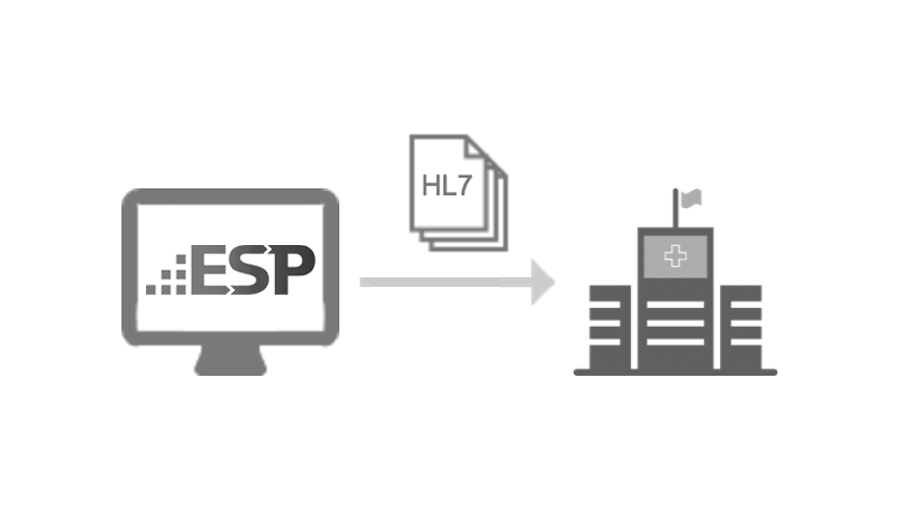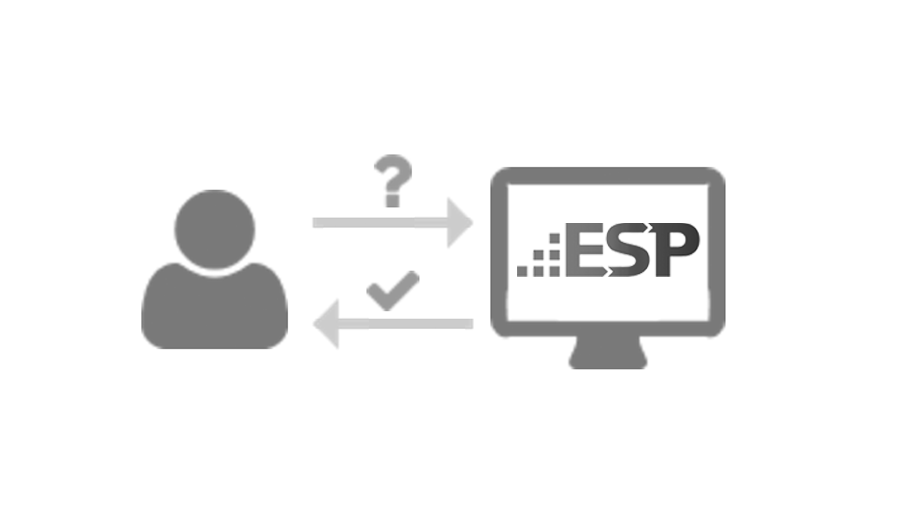How it Works
1Installation

- ESP software and server are installed by a provider behind the provider's firewall.
- Providers create a nightly extract to populate ESP with daily encounter, medication, and laboratory data
- ESP arrays these data into standardized tables
- Providers map lab tests and medications required for disease detection to common concepts
- ESP is compatible with any EHR that can export data.
2Ongoing data analysis

ESP runs algorithms against providers' data to identify conditions of public health interest.
- Conditions are detected using custom algorithms that integrate different kinds of data to maximize sensitivity and specificity.
- The data analyzed by ESP include:
- diagnosis codes
- lab results
- medications
- vaccines
- vital signs
- demographics
- pregnancy status
3Automated case reporting

ESP prepares HL7 electronic reports and automatically sends them to the public health department.
- Case reports include symptoms, pregnancy status, and treatments prescribed.
- Providers can choose to send these reports automatically, or providers can review each one before authorizing their release.
- In Massachusetts, case reports are automatically integrated into MAVEN.
4Data querying

Providers and health departments can query participating practices' ESP data.
Different ESP systems can be networked using PopMedNet software to allow authorized users to submit custom queries. Practices choose whether to permit all queries before execution and can review results before allowing transmission.